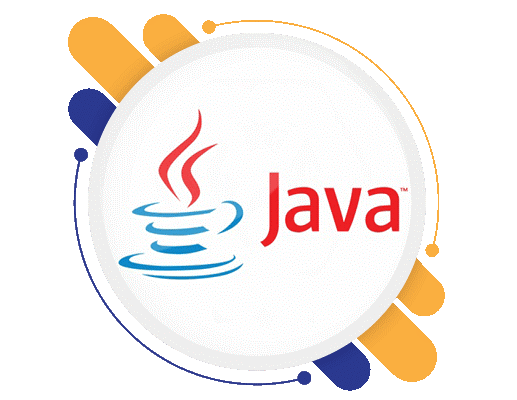Creating full applications with Java Full Stack development calls for back-end and front-end work. Following best practices guarantees code is of high quality, maintainable, and safe. Developers use a variety of tools to provide great user experiences and dependable server-side logic.
It also makes it easier to work together and lowers the number of mistakes made when building things. Staying abreast with current tools and techniques enables developers to produce scalable applications quickly.
Using these techniques helps developers be ready for changing business standards and keeps initiatives on course. Enroll in a Java Full Stack Course Online to master both front-end and back-end development.
Latest Best Practices For Java Full Stack Developers
Building contemporary applications now depends crucially on Java Full Stack development. Using technologies that enable easy integration, front-end and back-end development is called for.
Following the most recent best standards lets developers create efficient, secure, and scalable apps. By following these guidelines, developers can maintain the reliability of their applications and get ahead of changing industry expectations, therefore improving code quality and lowering production problems.
1. Write Clean and Readable Code
Code developers should produce should be simple to maintain and read. Every function and class ought to have just one job. To increase clarity, naming conventions ought to adhere Java standards. Code comments should clarify difficult logic as opposed to simple steps. Good code enables teams to cooperate and minimizes mistakes during updates.
2. Use Modern Java Features
Modern Java releases provide a lot of capabilities that boost efficiency. For succinct code, developers should use streams, lambda expressions, and the var keyword. Records and sealed classes make data management easier and make things easier to keep up with. The most recent Java version guarantees improved security updates and performance. The Java Full Stack Developer Course in Delhi offers hands-on training with the latest tools and frameworks.
3. Implement Secure Authentication
For full stack development, security is absolutely vital. Token-based authentication, such JWT or OAuth2, should be employed by developers. Passwords need be kept using robust hashing techniques. Input validation ought to help avoid injections. attacks. Safe authentication builds trust and guarantees user information is kept secure.
4. Follow REST and API Design Standards
Design REST APIs using suitable HTTP methods and status codes by developers. Every terminal ought to be plainly meant. Regular data transfer should rely on JSON. Versioning APIs stops current users from experiencing breaking changes. Following standards improves interface with other systems. Acquire useful experience and job-ready abilities by joining a Java Full Stack Developer Course in Hyderabad.
5. Use Frameworks and Tools Efficiently
Among Java’s most often used back-end frameworks is Spring Boot. It helps developers speed up development and cut superfluous code by use of it. React or Angular front-end techniques will assist you in designing intriguing user interfaces. Smooth Managing dependencies. Using frameworks effectively increases output and saves time.
6. Test Early and Often
Testing should not be postponed until the development cycle is over. Every feature should have integration testing and unit tests developed. Automated testing is made possible with tools like JUnit and Mockito. Early discovery of problems is guaranteed by continuous testing in CI/CD lines. Testing lowers reworking and raises application stability.
7. Optimize Database Operations
Performance of database queries ought to be improved. Indexing for often searched fields should be used by developers. Batch operations should substitute several individual queries. Hibernate and other ORM frameworks should be set to prevent needless data retrieval. Well-tuned queries lower response time and lessen server load.
8. Use Containerization and CI/CD
Docker helps modern programmes with containerization. For simple deployment, developers should wrap their programs in tiny containers. CI/CD pipelines should automatically build, test, and deploy applications. This lowers human mistake and makes frequent releases possible. Constant surroundings also help with debugging.
9. Monitor and Maintain Applications
Applications ought to be tracked post launch. Performance indicators can be tracked by programmes like Prometheus and Grafana. Log collection enables rapid error detection. Updates should routinely contain performance enhancements as well as security patches. Applications’ dependability and future-readiness depend on maintenance.
Conclusion
To remain successful, Java Full Stack Training in Noida need change their approaches and equipment. Success depends on writing simple code, protecting apps, and using current tools. Long-term stability is guaranteed by continual testing and monitoring.
Adherence to these best practices enhances user experience, group work, and scaling. A Java Full Stack Developer Course in Pune meant for novices as well as experts will help you grow your profession. Developers who keep current with trends quickly produce user- and business-need-meeting software.
